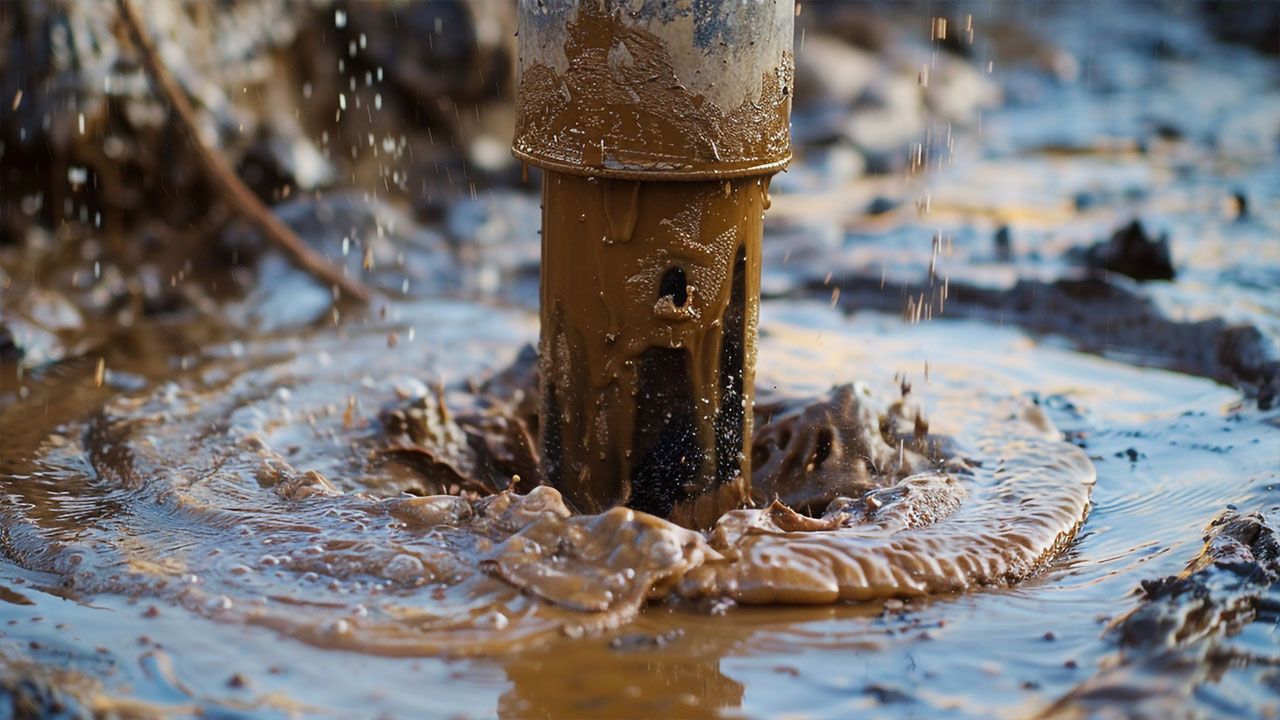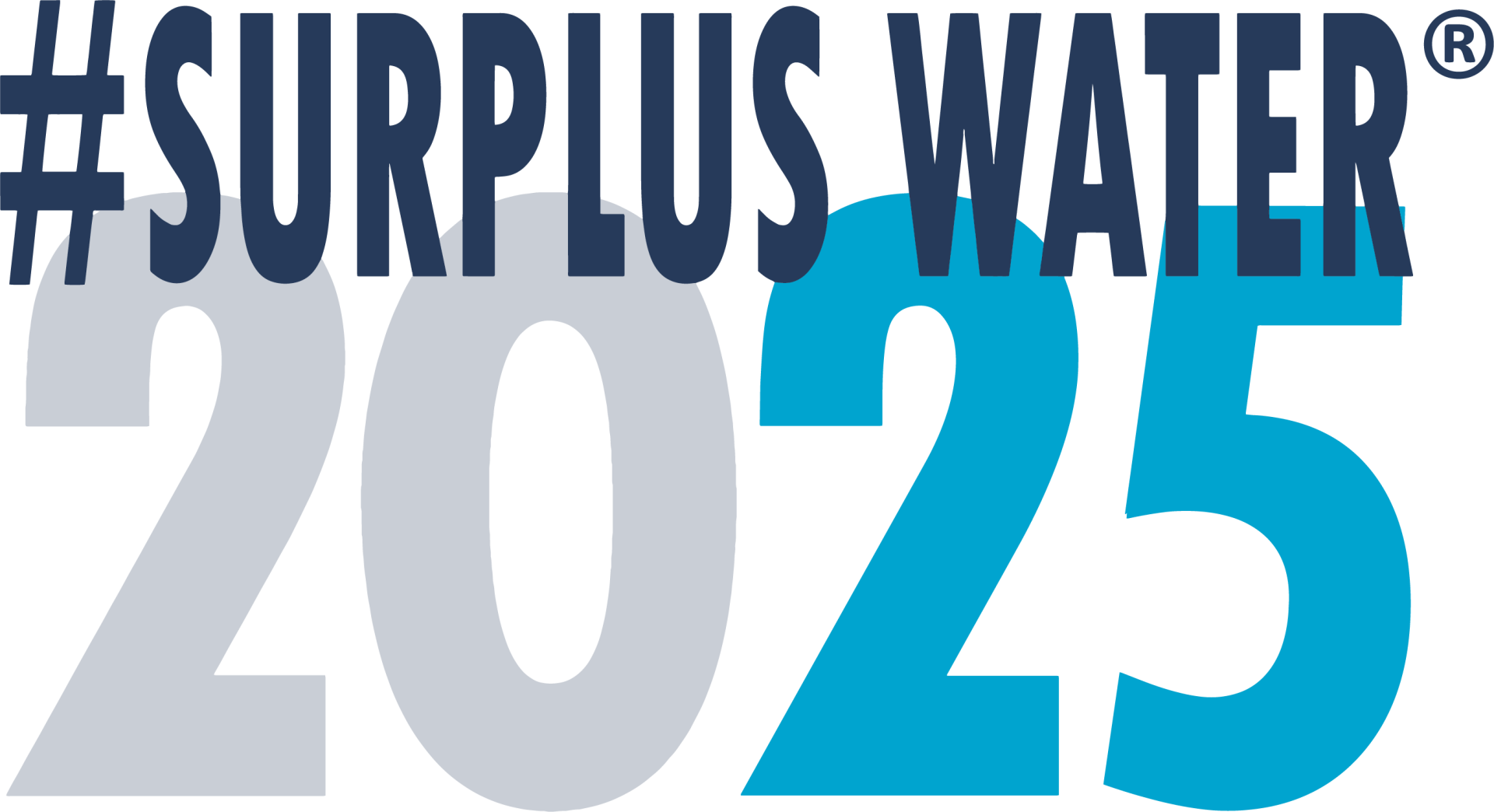Beyond the Tap: Groundwater's Hidden Crisis
Aug 8
/
Aldert

In 2003 my family and I lived in a small little town in one of the driest parts of South Africa for a year. This little town is located in a region locally known as Dorsland (Thirsty Land) in the Upper/Northern-Karoo in the Northern Cape Province, and has a population of no more than 1800 souls. The water for this community was groundwater sourced from a borehole about 10km outside of town.
The year 2003 was exceptionally dry. About four months into our stay, the town's borehole began to fail, unable to meet the community's water needs. Water restrictions were set in place and the town’s reservoir was filled by water tankers coming via a 100km gravel road from a bigger little town next to the Orange River. To give the tankers time to fill the reservoir and take the load off the water supply, the water to town was shut off between 6 in the morning and 6 in the evening.
Between 06:00 and 18:00 we had to get by with water from 25 liter water containers, filled the previous evening, and water from the rainwater harvesting tank, filled by the previous year’s rain. Households in parts of town that were in elevated areas did not receive water until very late in the evening. Some did not get any water at all, because by then the reservoir would be empty already. They had to fill their containers with friends and family in areas that had water.
It was quite the wake-up call for our family coming from Gauteng and we will never forget the experience of a dry tap.
Back then, in our little desert town, some homes had the most beautiful gardens giving the town the character of an oasis in the desert. It is sad to remember that some of these homes kept over-irrigating their gardens, keeping up the oasis façade, while some townspeople higher up in town had no water. Hopefully the idea of xeriscaping replaced the idea of having a green lawn in a part of the country where the most beautiful and interesting indigenous succulents thrive.
When Gauteng Ran Dry
Now, 20 years later, back in Gauteng we had the same experience for only a few days. It reminded us of the months without water in the Upper-Karoo when the town’s borehole dried up. While Rand Water did major maintenance work on the pipeline to Johannesburg and Pretoria, they had to shut down the supply to these two cities for around 77 hours. They calculated that with modest use the reservoirs should be able to supply water to households for the entire time of the shutdown. We were not that lucky, 5 or 6 hours into shutdown our taps ran dry. For about 72 hours we did the 25 liter container and rainwater tank exercise.
Today, in our Gauteng neighbourhood most homeowners have the most beautiful gardens bringing life to the concrete jungle. I’m sad to say that, despite restrictions during shutdown, some of these homeowners kept over-irrigating their gardens (and hosing down their driveways), when some townspeople higher up in town had no water.
Fair enough, some of us have access to groundwater and do not need municipal supply to irrigate and clean. It seems that more and more people are gaining access to groundwater. In the past week I saw three separate drills on separate properties drilling for water. This is in an attempt to have a backup system or ‘get off the grid’ and have an independent, more reliable source of electricity and water. And it is within every person’s right to have access to water in their homes.
The Water Grid vs. The Power Grid
It is totally possible to get off the grid power wise. But can the same be said about water? We can dare to say that South Africa is one of the sunniest countries on earth but being one of the 25 driest countries (as a matter of fact!), we will have to take the use of groundwater in very careful consideration.
We cannot deplete the sun (the source of solar energy) being a renewable resource, but we can deplete and destroy aquifers (the source of groundwater) being a finite resource. Getting off the grid and independent in terms of electricity seems entirely possible, but we cannot get off the ‘water grid’. We will always be interdependent on water. In fact aquifers are a network of water (a grid of sorts) underground. Getting off the municipal water grid will thus always create the need to get on another water grid. Generating electricity is a recent man-made invention, but water was here long before man. It is possible to generate surplus electricity, but we cannot generate more water.
Groundwater Stewardship
Like water in dams, rivers and lakes groundwater is meant to be shared and used mindfully and with accountability. Before we drill and use a new borehole, let’s do proper research. A good place to start is to talk to your neighbours and inform them of your intent to drill a borehole. This is an optional courtesy and a neighbourly way of being mindful. Some research is required by law. The law requires a geophysical report and if the borehole site is close to a river, dam or any water body, an EIA should be done. This should be done before any drilling commences. When the drilling is done, a 24 hour pump test is required. This test should be done by an independent company.
When using your new or existing borehole, please be mindful and use our water with consideration.
For some places on earth groundwater is the grid. A dried up borehole had a big impact on a small town. A dried up network (grid) of aquifers will have a devastating and far reaching impact on two great cities.
Check out our blog series on The 5 R's of Water Responsibility as we dive a little deeper into Remind, Reduce, Reuse, Recycle & Recharge.
Empty space, drag to resize
Join the conversation
Follow us on Facebook or Instagram for more Stories of Water.
Empty space, drag to resize
Who we are
A community of water warriors, working together to raise water awareness, saving every drop and together, aiming for surplus water in South Africa.
Get in touch
-
South Africa, Earth :)
-
droppie@surpluswater2025.com
#SurplusWater2025 Copyright © 2025
